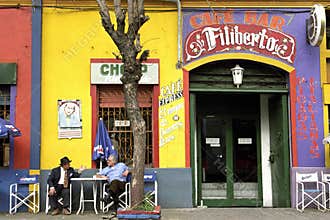Hill Fort Of San Chuís. San Martín De Beduledo. Asturias, Spain. The Sequence Of Occupation Of The San Chuis Fort Begins In The 8Th Century Bc, At Which Time A First Continuous Wall Was Built, On Which Another Modular Structure Was Superimposed During The Second Iron Age.several Lines Of Ditches Arranged On Its Southern Flank Reinforced Its Defensive Condition.the Roman Presence Has Been Evident Since The Middle Of The 1St Century Ad. In A Context Marked By The Intense Mining Activity Carried Out In The Abundant Gold Deposits In The Surrounding Area. The Late Occupation Is Today Ruled Out As It Is Based On An Erroneous Identification Of Ceramics That, In Reality, Are Regional Productions From The High Imperial Period.like Other Sites Of Fortified Morphology Under Study In The Western Area Of ??The Region, The Absolute Dating And Its Stratigraphic Sequence Reveal A Prolonged Occupation With Probable Origin In The Late Bronze Age (8Th Century Bc).During The Iron Age The Enclosure Accentuated Its Natural Defensive Condition With A Wall Of Modules That Would Survive, With Some Reforms In Its Structure And Layout, Until Roman Times.
ID 817864132910 © Nandi66 | Megapixl.com
CATEGORIES
Sharing is not just caring, it's also about giving credit - add this image to your page and give credit to the talented photographer who captured it.:
KEYWORDS
allande ancient architecture time archaeological area asset cultural interest asturias castro culture countryside trips destinations europe exterior fortified network heritage tourism hill fort historic buildings monuments site history iron age landscape old outdoors rural sightseeing spain tour travel view walk wanderlust


























